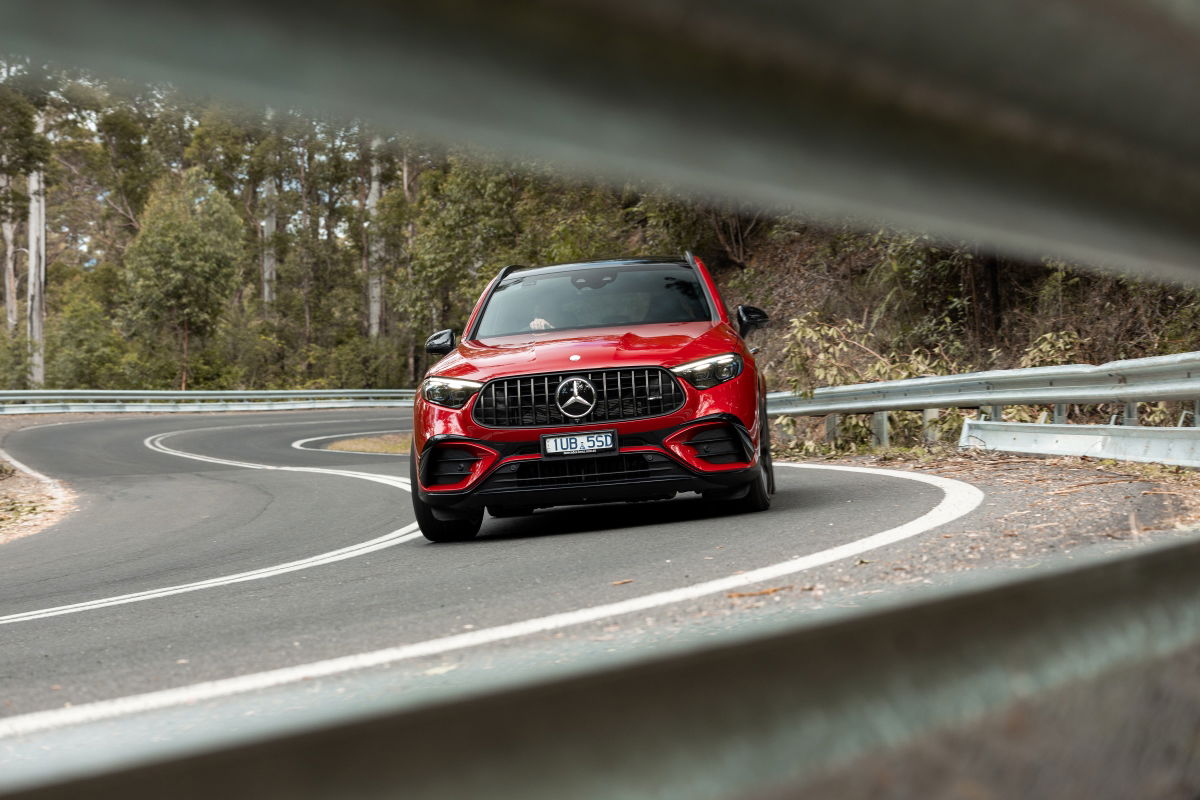
‘F1-inspired’ and ‘family friendly’ are not terms that typically fit together when describing a car. But the Mercedes-AMG GLC63 S E Performance is not your typical car.
The all-new replacement for the popular member of the AMG family, this latest edition features a radical change under the bonnet. Gone is AMG’s usual 4.0-litre twin-turbo V8 and instead this new model is powered by a 2.0-litre four-cylinder turbocharged engine with plug-in hybrid assistance. If that sounds as appealing to you as a salmon and chocolate ice cream sundae, you’re not alone. It’s a controversial choice and one, somewhat, forced upon Mercedes by emissions regulations.
However, this isn’t any ordinary plug-in hybrid, it’s actually loaded with Formula 1 derived technology, including both the way the turbocharger works and the type of electric motor and battery AMG has chosen to use.
If this still doesn’t excite you perhaps some stats will. The old 4.0-litre twin-turbo V8 GLC63 made 375kW of power and 700Nm of torque. This new four-cylinder engine makes 350kW and 545Nm, which is a staggering output for such a small engine – and it’s only the beginning. That’s because the electric drive motor adds an additional 150kW and 320Nm to take the total output of this new GLC63 to a whopping 500kW of power and 1020Nm of torque.
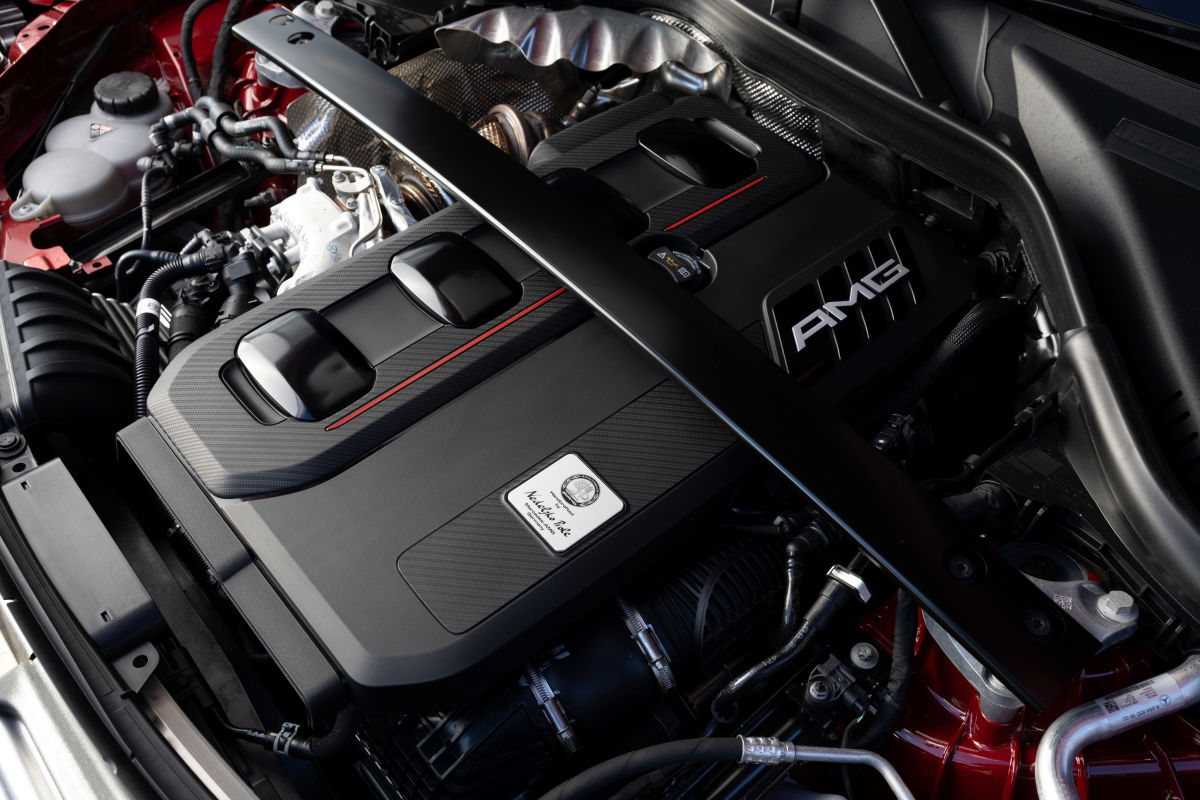
So, just to avoid you doing any math, that’s an additional 125kW and 320Nm of performance for this new powertrain. This is not your typical plug-in hybrid.
That’s in large part because instead of using the battery primarily as a fuel saving device it’s actually a key element of the vehicle’s performance. Using the same concept as the F1 cars driven by Lewis Hamilton and George Russell, the lithium-ion battery is small (only 6.1kWh) and very light and is designed specifically to be capable of delivering a burst of power frequently, without losing overall performance.
It’s really clever technology, but only one small part of the GLC63 story. By switching to the 2.0-litre four-pot engine, AMG has saved weight at the front of the vehicle, then by mounting the electric motor on the rear axle it has spread the weight distribution more evenly. Combined with new rear-axle steering it translates to an SUV that feels as responsive and dynamic as a sports sedan.
Our initial drive of AMG’s newest creation took us across some of Queensland’s most winding roads, across the famous Mt Nebo and Mt Glorious and then north to the Sunshine Coast.
Throughout our drive two things stood out – the power and the poise. This new GLC63 will run 0-100km/h in just 3.5 seconds (0.3 seconds quicker than the old V8) and feels like you’re caught in Hamilton’s slipstream at Monza whenever you put your foot down. The acceleration is as relentless as it is ferocious, making it clear that the 1020Nm claim isn’t just an on-paper figure.
Then there’s the way it handles, with the rear-wheel steering helping the car rotate more sharply at speed, while the firm sports suspension means it feels taunt and precise across a variety of road conditions.
And then, after you’ve been driving at speed across some great roads, you find yourself cruising through a small town or back into civilization and remember that you’re in a five-seat, family friendly SUV. The interior is as luxurious as you’d expect a Mercedes to be, with plenty of leather and premium materials. But it also has the key AMG touches, like the sports seats and the thick-rimmed, Alcantra-trimmed steering wheel, complete with a pair of AMG-specific rotary dials to adjust the multitude of driving settings.
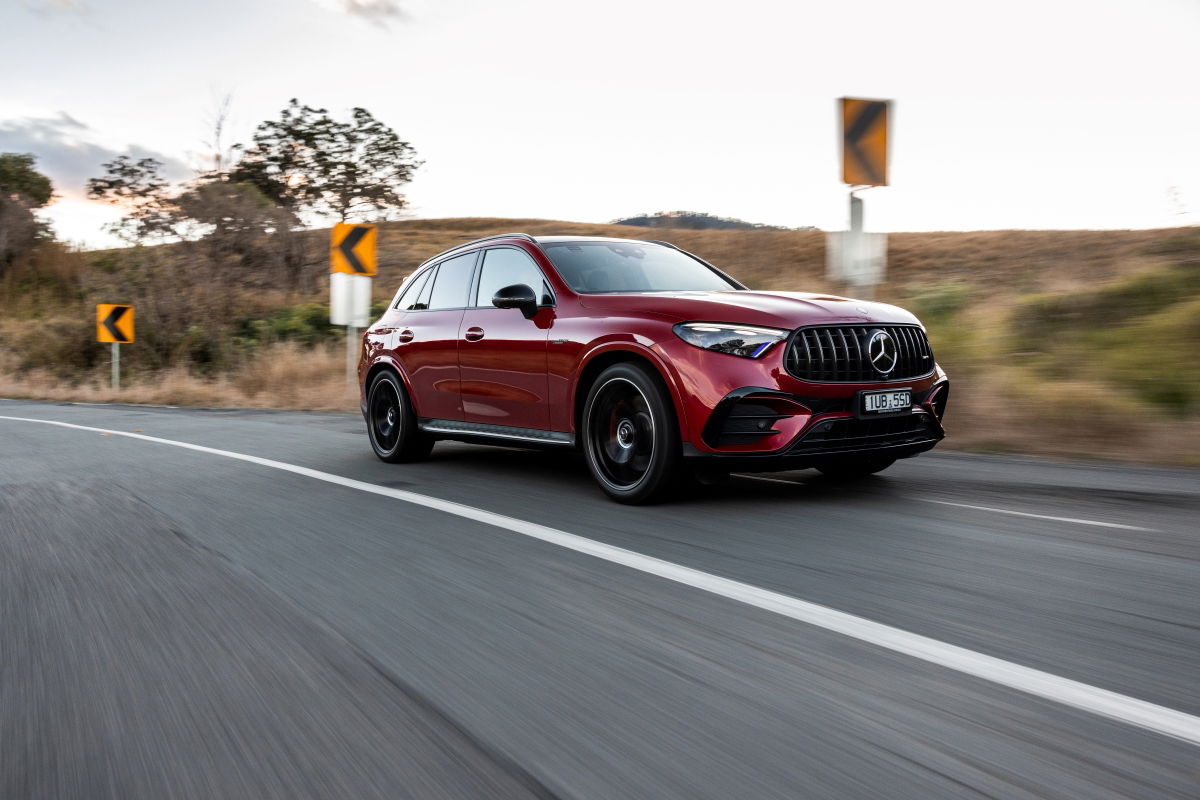
This really is an SUV you could take the kids to school in and then head off for a day of spirited driving. SUVs may not be the choice of driving purists, but I can certainly see the appeal of these practical performance machines.
Not that it’s perfect, obviously the loss of the V8 engine means a huge emotional pull of the AMG is lost. The noise and rumble of a big V8 engine is part of AMG’s DNA and while the extra power and speed compensates, it’s also easy to understand why people have been a little slow to warm up to this new breed of smaller capacity AMG models.
Ultimately F1 probably provides the best demonstration of the dilemma between losing sound but gaining performance. There’s still a vocal minority calling for the return of the V10 engines (even though they haven’t been raced since 2005) but the majority of F1 fans have accepted the quieter hybrid engines and are enjoying the most competitive season in years.
That’s a good analogy for the GLC63, it may not sound as good as the old model but it provides a more enjoyable experience in every other way.




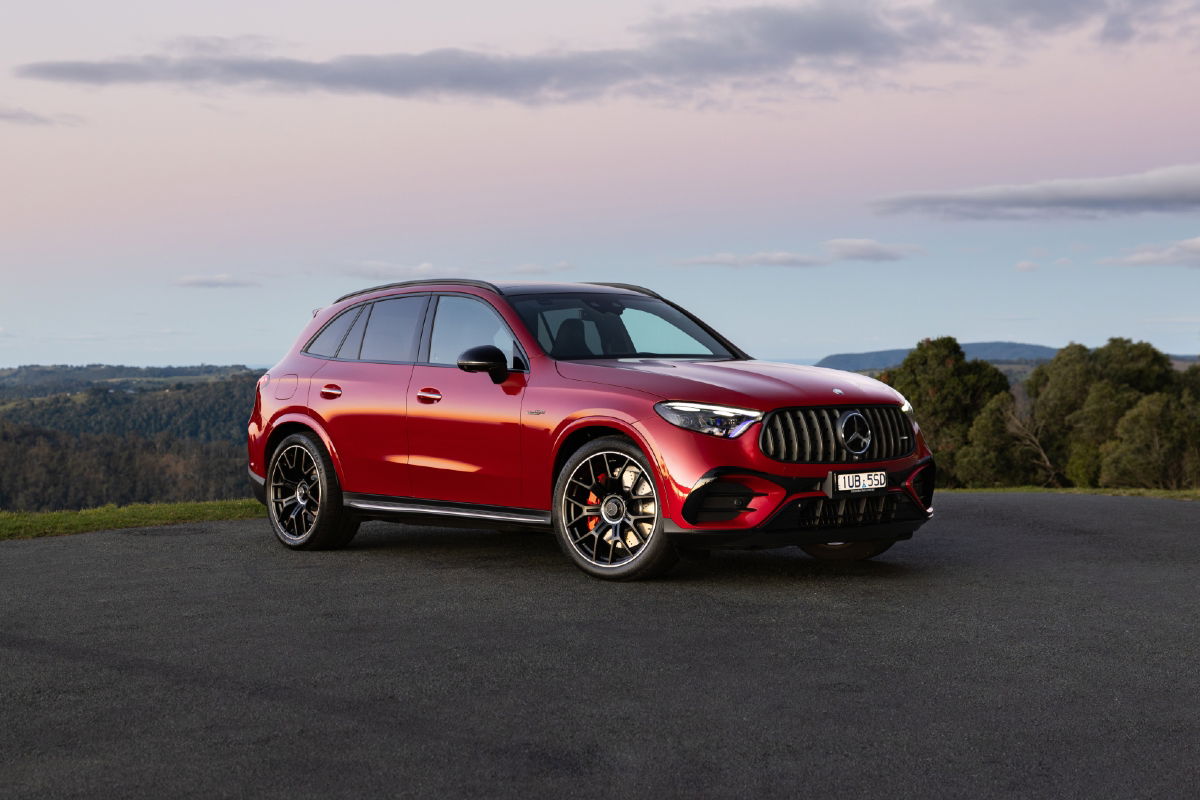
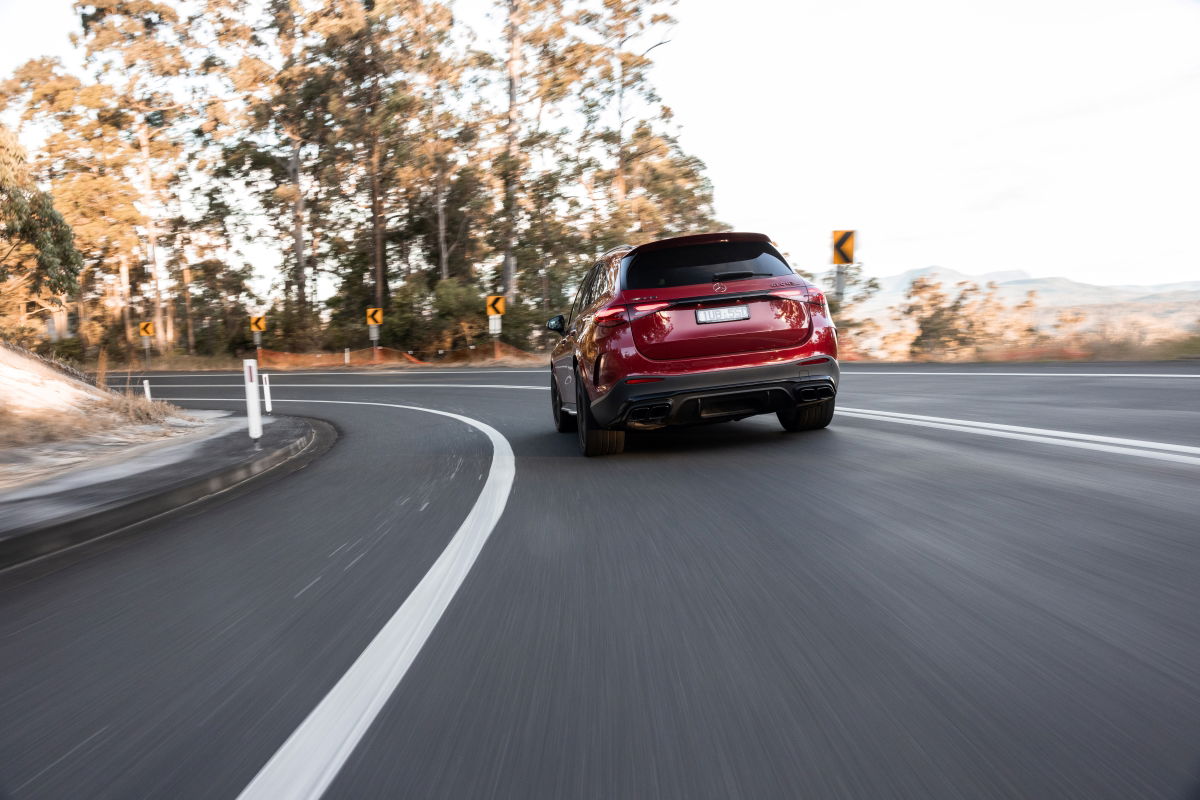
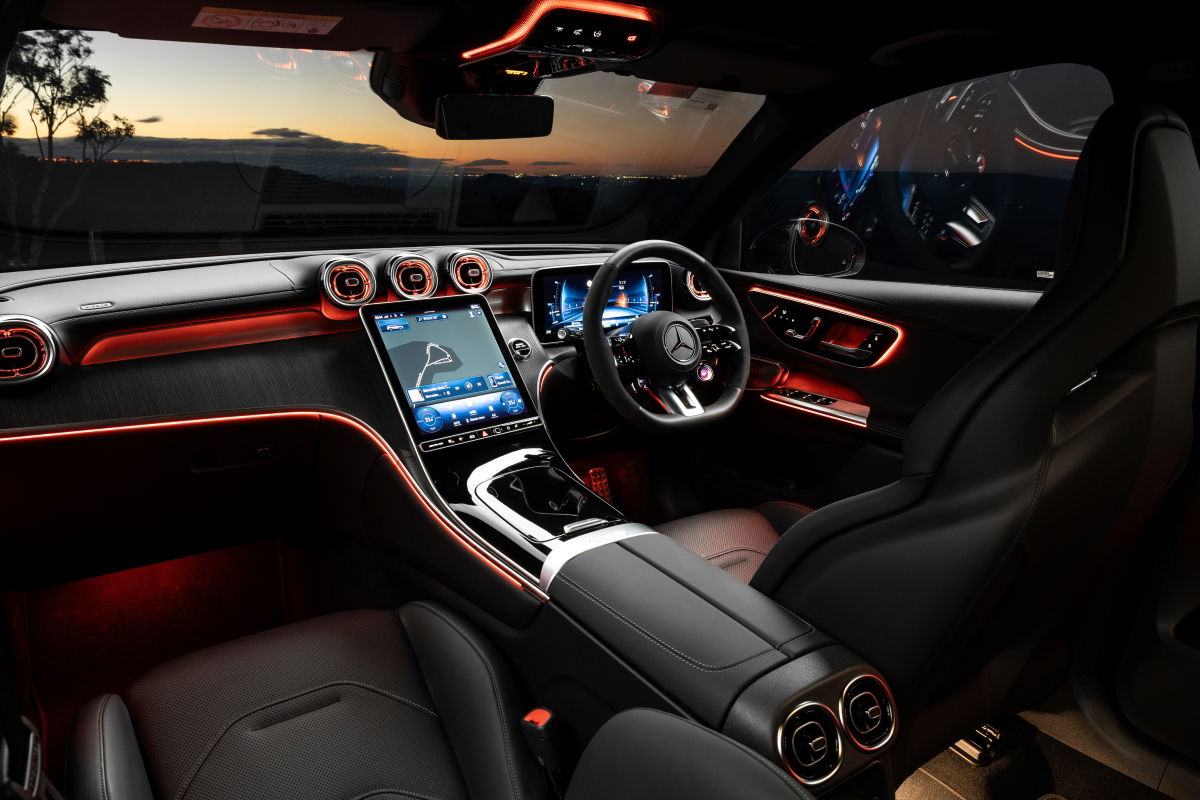
















Discussion about this post